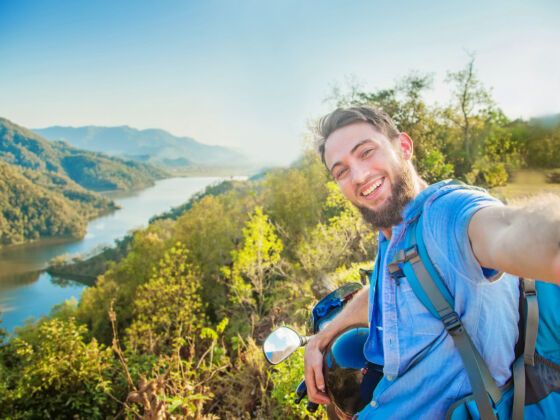I WAS IN POKHARA after a long trek in the Annapurna Range when I noticed a flier from a local business offering motorcycle lessons. I’d never been on a motorcycle in my life, but I’d always wanted to try it.
I signed up with Hearts & Tears Motorcycle Club and took two riding courses — beginner and advanced — then spent about a week riding in the mountains around Pokhara. I cannot recommend it enough — experiencing the country on a motorcycle was one of the biggest highlights of my trip.
However, riding in Nepal is probably very different than riding in your home country. Here’s what you need to know.
